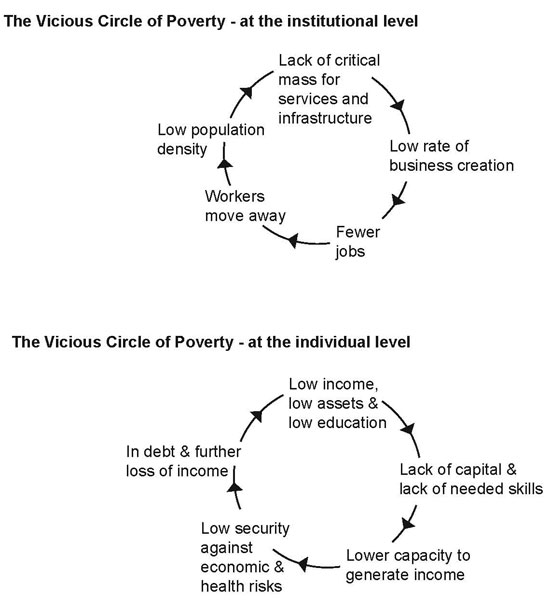IELTS essay, topic: The advantages and disadvantages of high-rise apartment living
This is a model response to a Writing Task 2 topic from High Scorer’s Choice IELTS Practice Tests book series (reprinted with permission). This answer is close to IELTS Band 9.
Set 6 General Training book, Practice Test 28
Writing Task 2
You should spend about 40 minutes on this task.
Write about the following topic:
Many people in cities today live in high-rise apartment blocks. What are the advantages and disadvantages of this type of living?
Give reasons for your answer and include any relevant examples from your knowledge or experience.
You should write at least 250 words.
Sample Band 9 Essay
High-rise apartment blocks are a common sight in cities around the world. They are especially popular in large cities and in locations where building land is scarce. Living in such buildings has various advantages and disadvantages for town planners and the inhabitants themselves.
The most significant advantage of high-rise apartment blocks is probably for the town planners. With land often being at a premium in large cities, one way to maximise space is to build upwards, so that the population density per square kilometre can be increased. The demand for housing in big cities can therefore be more easily met. There are also disadvantages for town planners. The heavier population density can put added pressure on social facilities, for example sewage and other waste disposal, and the provision of adequate school and medical services.
There are also advantages and disadvantages for the actual inhabitants of high-rise apartment blocks. With the demand for housing being reduced, prices are therefore not as high, making housing more affordable. Many people also like not having to be responsible for a garden, and living in an apartment has this advantage. Finally, with so many people living in the same area, many friendships can be made and a community spirit can be built up. It appears the most significant disadvantage is that, in practice, living in high-rise apartment blocks is just not the lifestyle many people want. In some city neighbourhoods, these living spaces can often be associated with poor living conditions and undesirable social elements. In addition, many people view high-rise apartment blocks as being unsafe. For example, in the case of fire, tall buildings are difficult or impossible to evacuate safely.
It is clear that high-rise apartment blocks have benefits and drawbacks. It is also clear, however, that due to the need to house increasing numbers of people in cities, these architectural features are here to stay, whether people like them or not.
Go here for more IELTS Band 9 Essays



